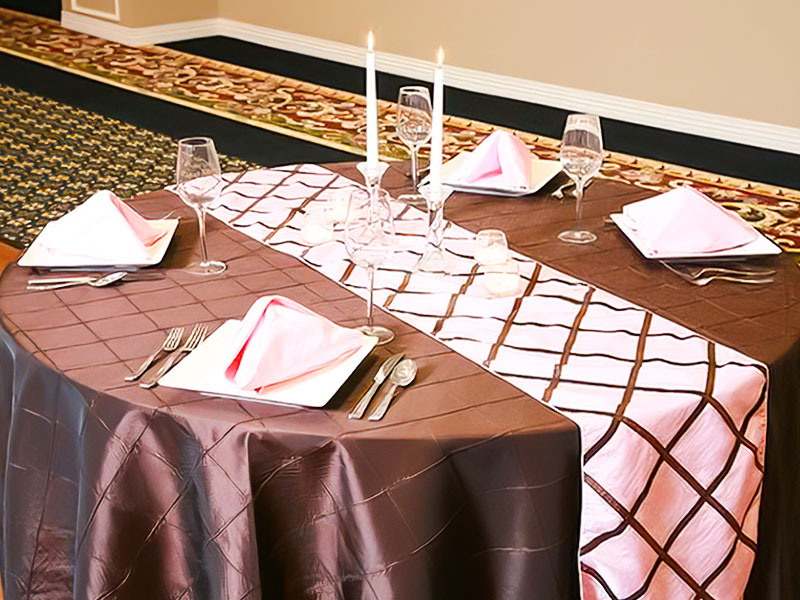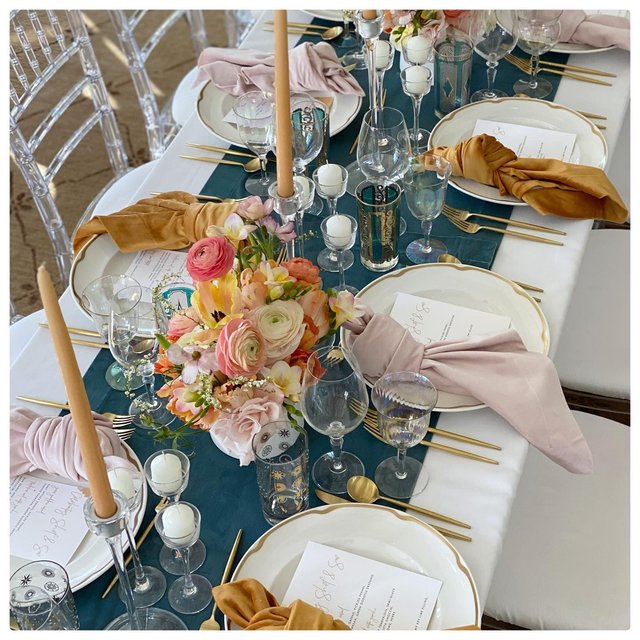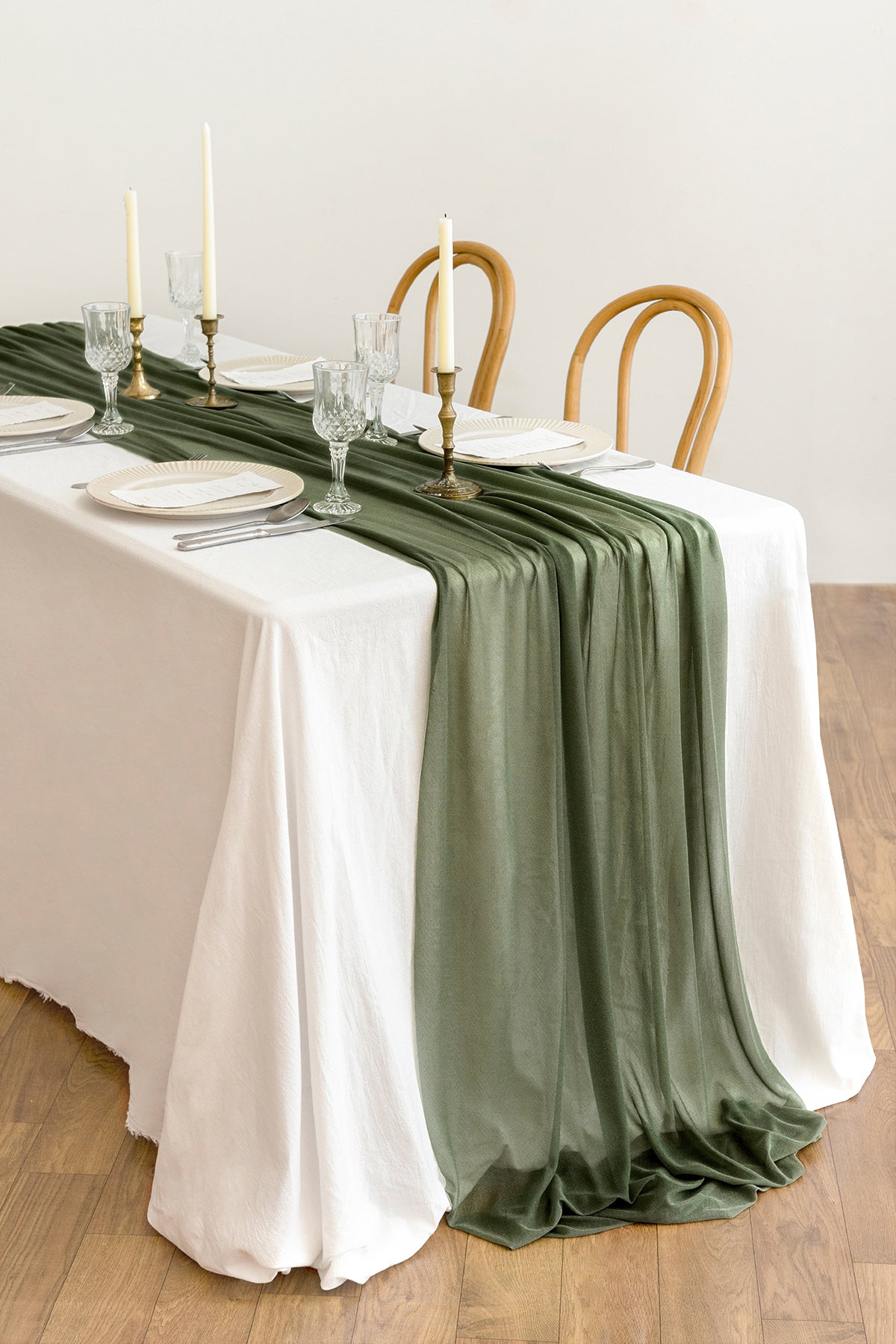Bed Linen Fabric Developments: Exploring Modern Trends and Creative Applications in Style and Fabric Market
From lasting manufacturing approaches to cutting-edge weaving technologies, the evolution of linen is reshaping the landscape of the fabric sector. As we dive into the realms of imaginative layout applications and the emergence of bed linen blends and crossbreed materials, a new chapter unfolds in which bed linen's role in future textile innovations takes facility phase.
Lasting Practices in Linen Manufacturing
Sustainable methods in bed linen production have actually come to be increasingly crucial in the fabric market's initiatives to reduce ecological impact and advertise honest sourcing techniques. Linen, a natural fiber stemmed from the flax plant, supplies a variety of benefits such as durability, breathability, and biodegradability. Nevertheless, traditional methods of linen manufacturing can entail substantial water consumption, pesticide use, and energy-intensive procedures.
To attend to these obstacles, lots of textile manufacturers are embracing sustainable methods throughout the bed linen manufacturing procedure. This includes sourcing flax from natural farms that stay clear of dangerous pesticides and chemicals, applying water-efficient retting methods to extract fibers from the flax stalks, and utilizing environment-friendly dyes and surfaces. Furthermore, some firms are spending in renewable resource sources to power their manufacturing centers and decreasing waste via recycling and upcycling initiatives.
Technical Advancements in Bed Linen Weaving
With the growing emphasis on lasting techniques in linen production, the fabric industry is now witnessing a rise in technical improvements especially aimed at reinventing the art of bed linen weaving. These technologies are improving the way linen fabrics are created, providing increased effectiveness, quality, and imagination in weaving strategies.
One of the crucial technological advancements in bed linen weaving is the combination of computerized looms. These advanced looms are outfitted with software program that permits intricate and complicated layouts to be woven with accuracy. By digitizing the weaving process, producers can accomplish greater uniformity and precision in their linen fabrics.
Additionally, advancements in yarn spinning modern technology have actually enabled the manufacturing of finer and more resilient linen yarns - table cloths. This results in softer and smoother linen materials that keep their quality even after several uses and laundries
In addition, the growth of environmentally friendly dyeing procedures and surfaces for linen textiles is getting traction. These lasting methods not only lower the environmental influence however additionally provide to the enhancing customer demand for morally created fabrics.
Creative Layout Applications for Bed Linen
Cutting-edge artistic methods are significantly shaping the innovative style applications for bed linen in the fabric industry. Linen's natural visual allure and capacity to blend with other materials make it a preferred selection for developing unique garments and accessories that cater to the ecologically aware customer.
Furthermore, designers are explore bed linen in home decoration, using its breathable and durable nature to craft trendy furnishings such as drapes, bed linen, and furniture. The structure and drape of bed linen bring a feeling of class and convenience to indoor areas, including a touch of beauty to contemporary homes.

Bed Linen Blends and Crossbreed Fabrics

Crossbreed materials, on the other hand, take the idea of mixing a step better by integrating added components such as metallic strings, recycled materials, or conductive fibers. These innovative textiles not just broaden the layout possibilities but also introduce useful aspects like conductivity, antimicrobial homes, or boosted sturdiness. Crossbreed textiles are progressively being used in numerous sectors, consisting of fashion, interior design, and technological textiles, where the need for multifunctional materials gets on the rise.
Bed linen's Function in Future Textile Innovations

In the world of future fabric innovations, linen is expected to be a principal in the growth of advanced useful textiles. Developers and scientists are discovering means to investigate this site enhance linen's fundamental high qualities via technological advancements, such as integrating clever fabrics, nanotechnology, and efficiency coatings. These advancements intend to elevate linen's performance characteristics, making it suitable for a wider series of applications, from activewear to protective clothes.
Additionally, the combination of linen with other all-natural or artificial fibers opens limitless opportunities for producing novel textiles with unique residential properties and functionalities. By leveraging linen's attributes and exploring cutting-edge blends, the fabric market is poised to present amazing advancements that cater to developing customer demands and sustainability demands.
Conclusion
In conclusion, the exploration of lasting techniques, technological developments, imaginative layout applications, linen blends, and its role in future fabric developments highlight the continuous advancement of linen fabric in the modern-day style and textile market. With a focus on advancement and imagination, the flexibility and eco-friendly nature of bed linen make it an important product for makers and designers alike, leading the way for more advancements and innovations in the field of textiles.
As we the original source dive right into the realms of imaginative style applications and the appearance of linen blends and crossbreed fabrics, a brand-new phase unfolds in which bed linen's role in future textile innovations takes center phase.
Checking out the fusion of linen with various other fabrics has actually led to the appearance of ingenious blends and crossbreed fabrics in the contemporary fabric sector. Linen blends use an unique combination of the attributes of bed linen with those of other fibers, resulting in materials that have enhanced buildings such as increased toughness, improved draping, and decreased wrinkling.The development of bed linen blends and crossbreed fabrics has set the stage for Bed linen to play a crucial role in driving future textile advancements.In the world of future fabric innovations, linen is expected to be an essential gamer in the growth of innovative useful fabrics.